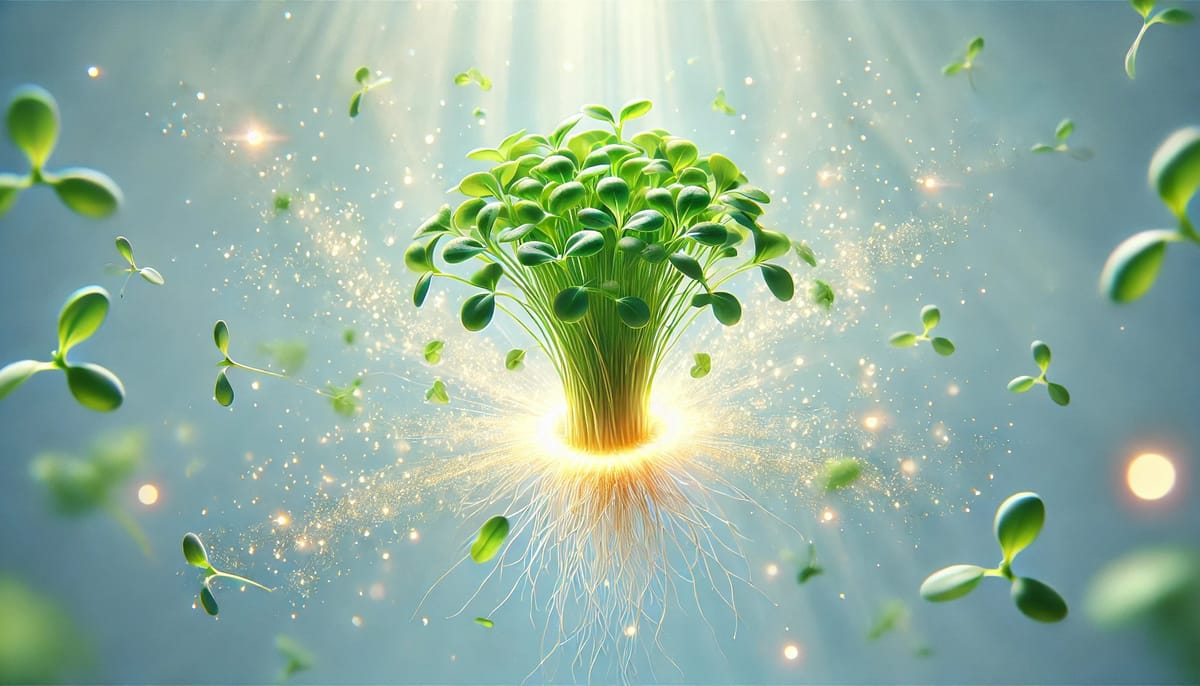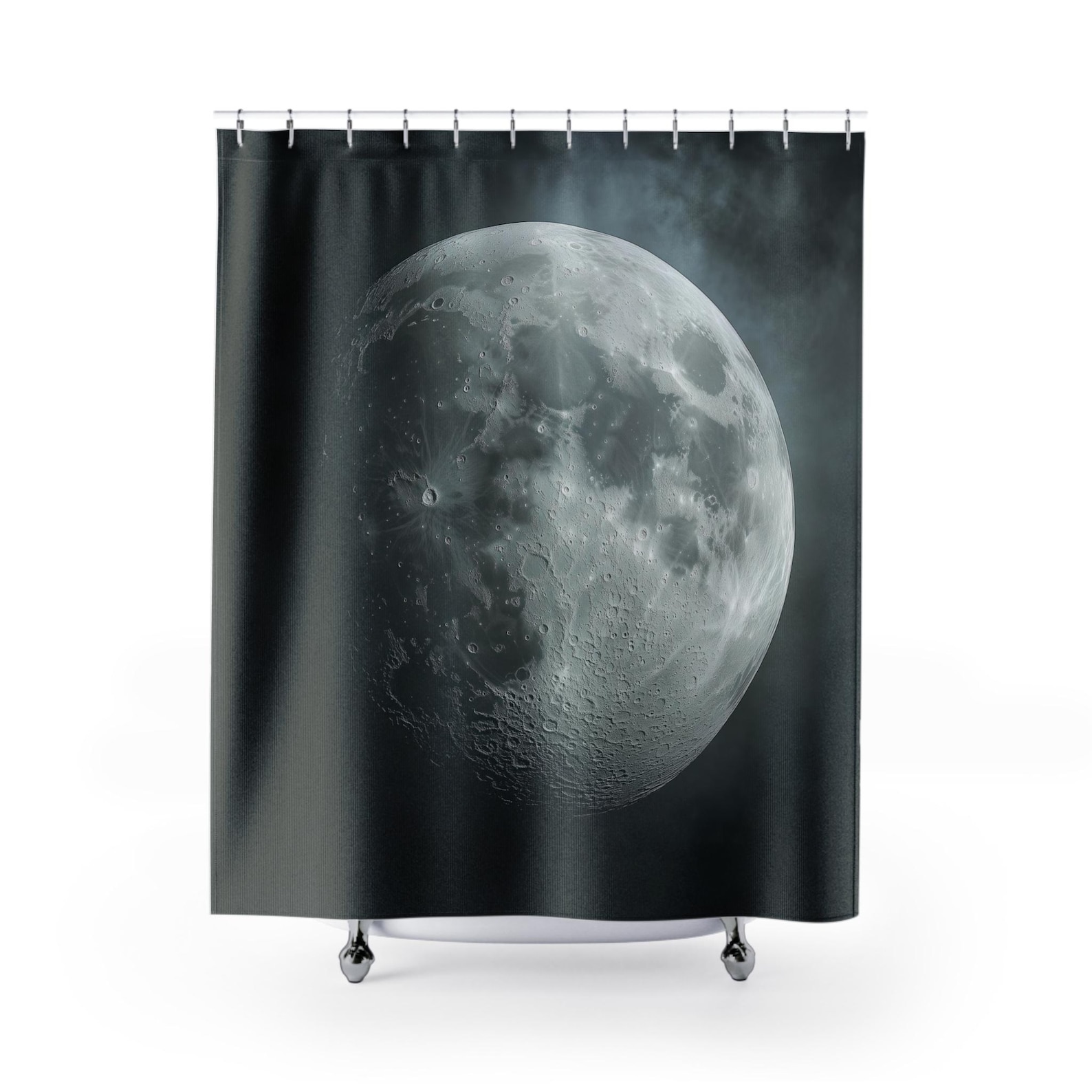The benefits and drawbacks of adding microgreens to your diet
Tiny but mighty, microgreens are packed with nutrients and offer numerous health benefits. But are they worth the hype—and potential cost? Let's dive into the pros and cons of adding these miniature greens to your plate.

Nutritional powerhouses or overpriced greens? A balanced look
Microgreens have emerged as a popular addition to diets worldwide, and for good reason. These tiny, nutrient-packed greens are lauded for their health benefits, ease of growth, and versatility in the kitchen. However, as with any dietary trend, weighing the advantages and potential downsides before making them a staple in your meals is essential. Let's explore why you might consider adding microgreens to your diet and what to be mindful of.
Pros of adding microgreens to your diet
-
Nutrient Density
Microgreens are often called "superfoods" because they can contain higher nutrient levels than their mature counterparts. Studies have shown that microgreens can have up to double the amount of vitamins and minerals per gram compared to full-grown plants. This means you can boost your nutrient intake significantly with a relatively small serving. -
Rich in Antioxidants
Many microgreens, such as red cabbage, cilantro, and radish, are packed with antioxidants. These compounds help combat oxidative stress in the body, potentially lowering the risk of chronic diseases like heart disease and cancer. -
Support for Immune Health
The high levels of vitamins A, C, and E in microgreens support a healthy immune system. Regular consumption can help your body fend off infections and recover more quickly from illnesses, but it's important to remember that a balanced diet with a variety of fruits and vegetables is the best way to support immune health. -
Aid in Digestion
Microgreens are rich in fiber, which is essential for maintaining a healthy digestive system. Fiber helps promote regular bowel movements and can prevent issues like constipation and bloating. -
Easy to Grow
One of the greatest advantages of microgreens is how easy they are to grow at home, but they do require some attention to hygiene and proper growing conditions to avoid contamination. You don't need a large garden or a green thumb to cultivate these plants. They can be grown indoors on a windowsill, making fresh, homegrown greens accessible year-round. Click here to read some quick tips on how to grow and handle microgreens. You can see how I grow my microgreens in this post. -
Culinary Versatility
Microgreens are not only nutritious but also add a burst of flavor and color to dishes. They can be used in salads, sandwiches, smoothies, and as garnishes, enhancing the aesthetic and taste of your meals.
Cons of adding microgreens to your diet
-
Cost
This can vary widely. While they can be expensive in stores, growing your own can be quite affordable. Because they are delicate and have a short shelf life, they often come with a higher price tag compared to regular greens. -
Short Shelf Life
Microgreens are highly perishable and need to be consumed shortly after harvesting. This can be inconvenient for those who prefer to shop infrequently or have limited time to prepare fresh meals. -
Risk of Contamination
As with any fresh produce, microgreens carry a risk of bacterial contamination, especially if not grown or handled properly. It's crucial to ensure they are washed thoroughly and grown in a clean environment to prevent foodborne illnesses. This is an important point to emphasize. Microgreens are susceptible to contamination by harmful bacteria like Salmonella or E. coli, particularly if not grown or handled properly. It's crucial to source them from reputable growers or be meticulous with home growing practices. Click here to read some quick tips on how to grow and handle your microgreens. -
Limited Availability
Depending on your location, microgreens might not always be readily available in local grocery stores. This could necessitate growing your own or seeking out specialty health food stores, which may not be convenient for everyone. -
Potential for Allergies
Some individuals may have allergies to certain types of microgreens, particularly if they are allergic to the mature plant. It's advisable to introduce microgreens gradually into your diet to monitor for any adverse reactions.
Additional considerations
- Variety is Key: Just like with any food, it's important to consume a variety of microgreens to get a broad spectrum of nutrients.
- Not a Magic Bullet: While microgreens are very nutritious, they are not a cure-all and should be part of a balanced diet.
- Digestive Sensitivity: Some people may find that microgreens can be harder to digest than mature greens due to their high fiber content.
Conclusion
Microgreens offer a powerhouse of nutrients and benefits, making them an attractive addition to any diet. Their ease of growth, nutritional punch, and culinary versatility make them a great choice for health-conscious individuals looking to enhance their meals. However, the potential drawbacks such as cost, shelf life, and risk of contamination should also be considered. By weighing these pros and cons, you can make an informed decision about incorporating microgreens into your diet and enjoy the many benefits they have to offer.












